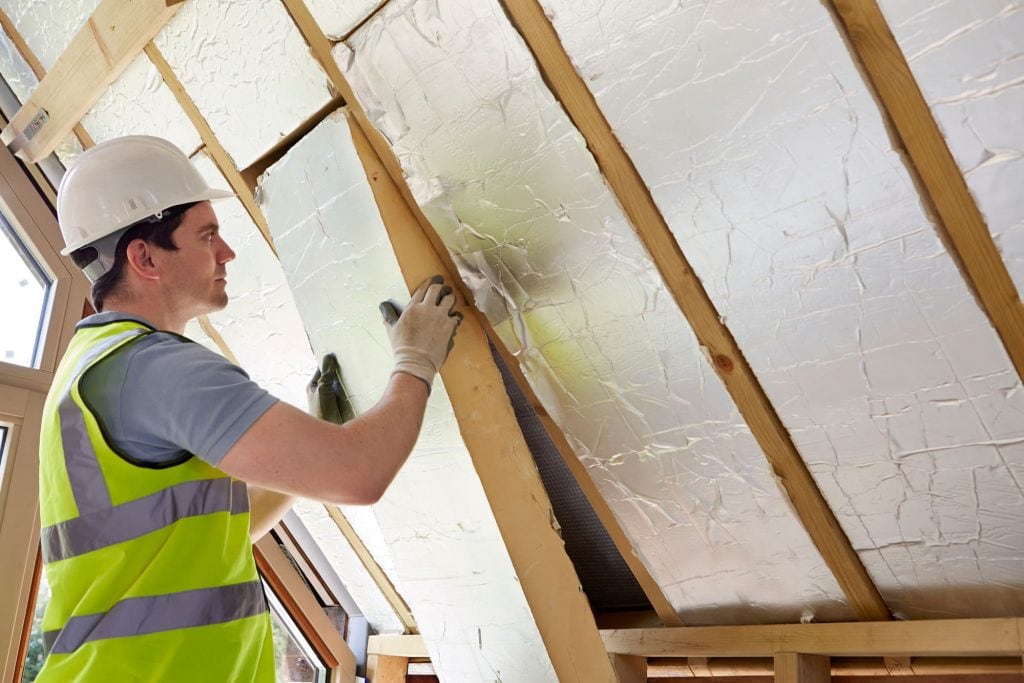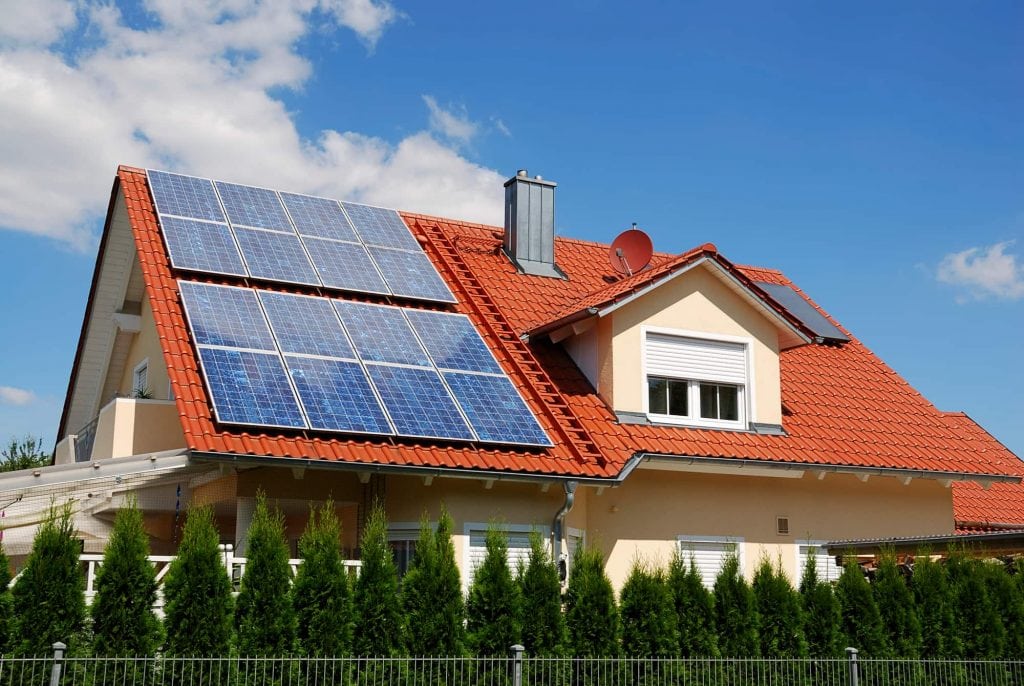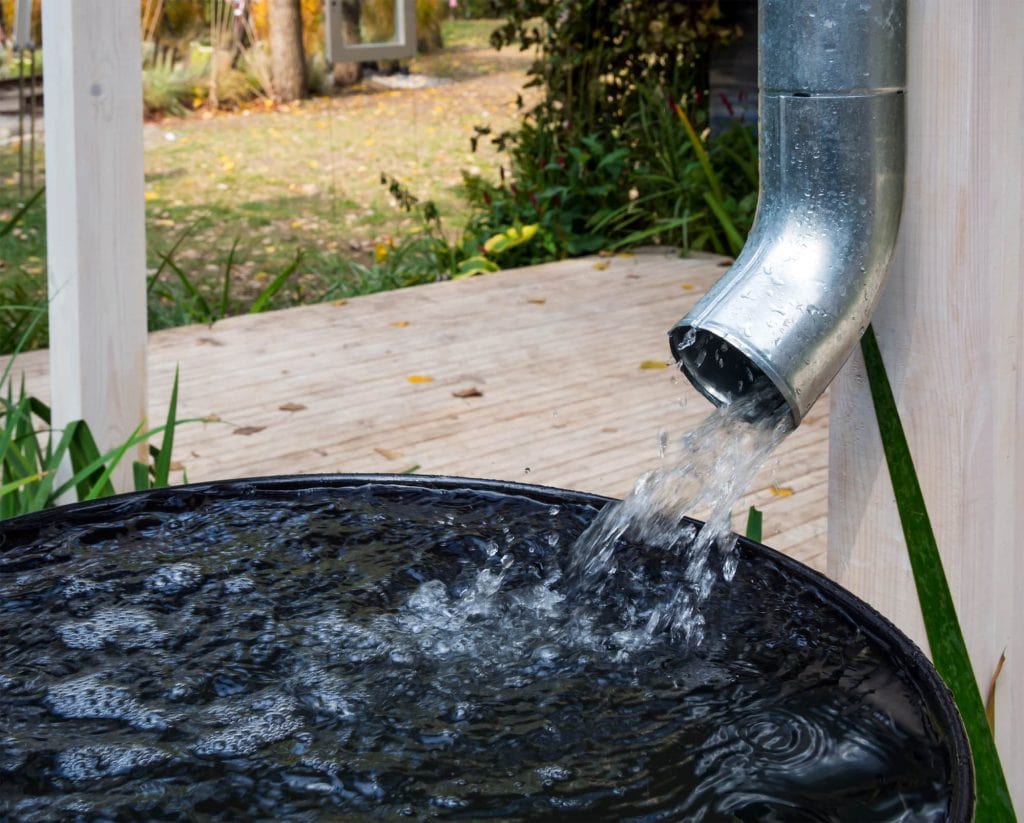If you want to reduce energy consumption and save money on utility bills, making your home energy-efficient is vital.
There are many green features designed to minimize energy waste and improve the overall energy performance of a home, from insulation to window film to appliances and energy-efficient lighting. By incorporating these features into your home, you can save money and have a more sustainable and environmentally friendly lifestyle.
Interested in properties with energy-efficient home features? You can explore the wide selection of homes for sale at eXp Realty. If you are an eco-conscious homeowner interested in making green improvements to your property, read on to find out everything there is to know about energy-efficient homes.
Insulation
Proper home insulation enhances overall energy efficiency. How? You can prevent energy loss throughout the seasons by creating an airtight building with well-insulated walls, floors, and an attic. During the colder months, insulation keeps warm air in and cold air out.

In contrast, in the summer, insulation helps keep your home cooler by preventing hot air from reaching your living spaces. Investing in high-quality insulation like spray foam or continuous insulation can improve your home’s energy performance and lower your heating costs.
Energy-efficient Windows
Windows play an integral part in energy-efficient homes. Opting for double-pane or triple-pane windows with a low-E coating can reduce energy waste. These windows help prevent heat loss in winter and keep the home cooler in the summer by reducing heat gain.
Moreover, these windows reduce noise pollution from outside. Choosing energy-efficient windows is a smart choice, not only for your utility bills but also for your peace of mind.
Programmable Thermostat
Another essential feature of an energy-efficient home is a programmable thermostat. With this device, you can set the temperature to automatically adjust when you’re away or asleep. Moreover, smart thermostats learn your habits and adjust to your lifestyle, which means more efficient heating for maximum comfort.
LED Lighting
LED light bulbs are the gold standard for energy efficiency. These bulbs use less energy and last longer than traditional incandescent bulbs. LED lights can decrease your energy bills, and because they need to be changed less frequently, they save you time and effort. Switching all your light fixtures to LEDs is a quick and easy way to increase your energy savings and make your home more energy efficient.
Energy-efficient Appliances
Appliances make up a considerable portion of your home’s energy usage, from dishwashers to clothes dryers. Energy-efficient appliances, often recognized by the ENERGY STAR label, consume less electricity and water, reducing your utility bills and environmental impact. Investing in energy-efficient refrigerators and washing machines can mean big annual energy savings.
Solar Panels

There’s no better way to power your home than through a renewable energy source like solar panels. These panels convert sunlight into electricity, reducing your reliance on the power grid and saving you money on electricity bills. Plus, any excess power generated can often be sold back to the utility company, making solar panels an attractive feature for energy-efficient homes.
Passive Solar Design
Besides solar panels, natural sunlight can be used to heat and light the home. Solar heating uses the greenhouse effect to work. The passive solar design uses the position and design of your home along with building materials that absorb and release the sun’s energy to lower your energy consumption, enhance indoor comfort, and reduce air pollution.
Energy-efficient HVAC System
Save energy and money with a high-efficiency HVAC (Heating, Ventilation, and Air Conditioning) system. Opt for furnaces, boilers, and air conditioning units with high SEER (Seasonal Energy Efficiency Ratio) ratings.
These systems lower energy costs and reduce greenhouse gasses. When combined with programmable thermostats, the energy savings of efficient HVAC systems can be huge.
Radiant Floor Heating
Warm your home from the ground up with a radiant floor heating system. Instead of blowing hot air through ducts like a traditional forced-air system, radiant heating uses underfloor electric wires or hot water pipes that radiate heat from below. Space heating with radiant flooring is more efficient, often leading to lower heating costs and increased indoor comfort.
Tankless Water Heater

Unlike traditional water heaters that heat and store hot water, a tankless version provides on-demand water heating. Because these water heaters don’t have to keep a water tank hot constantly, they conserve energy and lower utility bills. What’s more, tankless water heaters are smaller, space-saving, and have a longer lifespan than their traditional counterparts.
Low-flow Fixtures
Faucets, toilets, and showerheads with low-flow functioning use less water than standard models. By reducing water consumption, these fixtures can lower water heating costs and contribute to water conservation. Look for fixtures labeled ‘low-flow’ or ‘water-saving’ to ensure you choose energy-efficient models.
Landscaping
While you might not have considered it, thoughtful landscaping can contribute to an energy-efficient home. So how do you do it? It’s simple. By just planting trees and shrubs that provide some shade, you can reduce your home’s cooling costs in the summer.
Additionally, landscaping with the native plants of your region can mean less water usage and maintenance, which saves resources.
Weatherstripping
A simple and cost-effective way to make your home more energy-efficient, weatherstripping involves sealing gaps around doors and windows. Weatherstripping prevents air leaks, reducing heat loss in the winter and heat gain in the summer. The result? Energy bill savings and way more indoor comfort.
Cool Roof
What makes a roof cool? When it reflects more sunlight and absorbs less heat than a standard roof. Cool roofs use a high solar reflectance surface that keeps your home cooler- a must for hot climates. By limiting heat absorption, a cool roof can keep your whole house cooler, reducing your air conditioning needs and your energy bills.
Insulated Garage Door
So how do you get your garage door to help decrease your energy bill? Add some insulation. An insulated garage door helps regulate the temperature inside your garage, which can affect the overall temperature of your home. Particularly beneficial when living spaces are above or near your garage, insulated garage doors help to reduce energy loss, thereby decreasing heating and cooling costs.
Insulated Siding
Don’t just insulate your garage door. Instead, add an extra layer to your home with insulated siding and enhance energy efficiency by preventing winter heat loss and summer heat gain. Insulated siding creates a barrier to weather and temperature changes which can help maintain a consistent temperature in your home.
Energy-efficient Skylights

Besides brightening your home, skylights contribute to energy savings by reducing your reliance on bulb lighting. Energy-efficient skylights, specifically those double-paned with a low-E coating, allow natural light to enter your home but won’t make it too hot.
Smart Power Strips
Turn off electronics and appliances when not in use automatically with smart power strips. By monitoring and controlling power usage, smart power strips can help to reduce your energy consumption and lower your electricity bills. Like LED lights, smart power strips are a fast and inexpensive way to an eco-conscious home.
Window Film
Chilly winds and hot sticky air can seep through leaky window seals in the winter and summer, making your home uncomfortable.
So how do you stop it? Adding an extra layer of insulation to windows with a scratch-resistant polyester film. A simple addition that can maintain a comfortable indoor temperature, window film reduces the workload on your HVAC system and decreases energy costs.
Duct Sealing
What is duct sealing? That is exactly what it sounds like. Sealing gaps and leaks in ductwork improves HVAC efficiency, reduces energy waste, enhances indoor air quality, and increases comfort.
Energy-efficient Roofing
Your roof can be an essential part of your eco-conscious home design. Reflective roofs bounce back sunlight, reducing heat absorption and cooling costs. Green or living roofs are another option. These roofs are covered with vegetation rather than roof shingles and provide additional insulation by absorbing heat, reducing heating costs.
Rainwater Harvesting System

A system of tanks and cisterns that collect rainwater from gutters for later use, like watering plants or flushing toilets, rainwater harvesting systems reduce water usage and costs, contributing to a more sustainable and energy-efficient home.
Ceiling Fans
By producing a wind chill effect, ceiling fans make your home feel cooler but use less energy than air conditioners making them an excellent addition to any energy-efficient home.
Radiant Barrier
Usually installed in the attic, radiant barriers consist of a layer of reflective material that reduces heat gain from the sun and keeps your home cooler. This feature can be useful in warm climates, where it can help to reduce cooling costs and enhance the efficiency of your air conditioning system.
Eco-friendly Flooring
Bamboo, cork, or reclaimed wood are eco-friendly flooring materials that reduce your home’s environmental impact while saving you money. Even better, these sustainable materials are often more durable and require less maintenance than traditional flooring options.
Passive Cooling
Natural ventilation, shading, and the thermal mass of building materials are passive cooling measures that cool a home without air conditioning. This strategy can drastically reduce energy usage and costs, especially in warm climates.
Water-efficient Landscaping
Xeriscaping is water-efficient landscaping that uses drought-resistant plants and efficient irrigation systems to reduce water usage. This approach can save water, reduce water bills and make your home more sustainable.
Final Thoughts
Energy-efficient homes are not only good for the environment, but they also save homeowners money by reducing utility bills. There are countless green home features to improve a home’s environmental quality and energy efficiency, from proper insulation and energy-efficient appliances to smart power strips and water-efficient landscaping.
For further assistance, contact a local eXp real estate agent. Our dedicated team can help you make informed decisions that meet your needs. On our website, you can search for properties and sign up to get daily, weekly or monthly alerts of new listings when they come on the market.
If you’re a home buyer looking for a home with these energy-saving features, an experienced real estate agent from eXp Realty can guide you through the process. Visit eXp Realty to start your journey towards a more energy-efficient lifestyle because an energy-efficient home is a wise investment and a step towards a sustainable future.
FAQs: Energy Efficient Homes
Still have questions about improving your home’s energy efficiency? We have the answers:
What is an energy-efficient home?
These are homes built or redesigned to reduce unnecessary energy consumption, decrease greenhouse gas emissions, improve quality of life, and lower the overall cost of running a home.
Achieved through various features like proper insulation, energy-efficient appliances, LED lighting, solar panels, and more, these homes are good for the environment and save homeowners money.
How can I build an energy-efficient home?
Constructing an energy-efficient home involves careful planning and energy-saving methods and materials.
To start, your builder should consider optimal home orientation, using renewable energy sources like solar panels, installing energy-efficient windows and appliances, proper insulation, and employing natural lighting and ventilation techniques. We recommend you work with professionals experienced in energy-efficient construction.
What is the most cost-effective home type?
Typically, this is a smaller, well-insulated, and energy-efficient home. Small homes require less energy for heating and cooling due to their size. When well-insulated and equipped with energy-saving features like LED lighting, Energy Star appliances, and solar panels, these homes can be very cost-effective.
How much money can you save with an energy-efficient home?
That depends on several factors, including the size of the home, the types and number of energy-efficient features installed, and local energy costs. However, it’s estimated that homeowners can save hundreds or even thousands of dollars each year on utility bills with an energy-efficient home.
What temperature is energy-efficient for a house?
The U.S. Department of Energy recommends setting your thermostat to 78 degrees Fahrenheit in the summer when you’re home and 68 degrees Fahrenheit in the winter for maximum energy efficiency. Adjusting your thermostat seven to ten degrees from its usual setting for eight hours per day can save up to 10% yearly on heating and cooling.
Are brick homes more energy-efficient?
Bricks provide good insulation in a home, which helps to keep the indoor temperature stable, reducing the need for heating and cooling. However, the overall energy efficiency of a home depends on other factors, like insulation, windows, and appliances.
Are solar panels energy-efficient?
Yes. They convert sunlight into electricity, which can power your home. Solar panels reduce your reliance on grid electricity and can lower your utility bills. Over time, solar panels can generate big savings and even pay for themselves.





